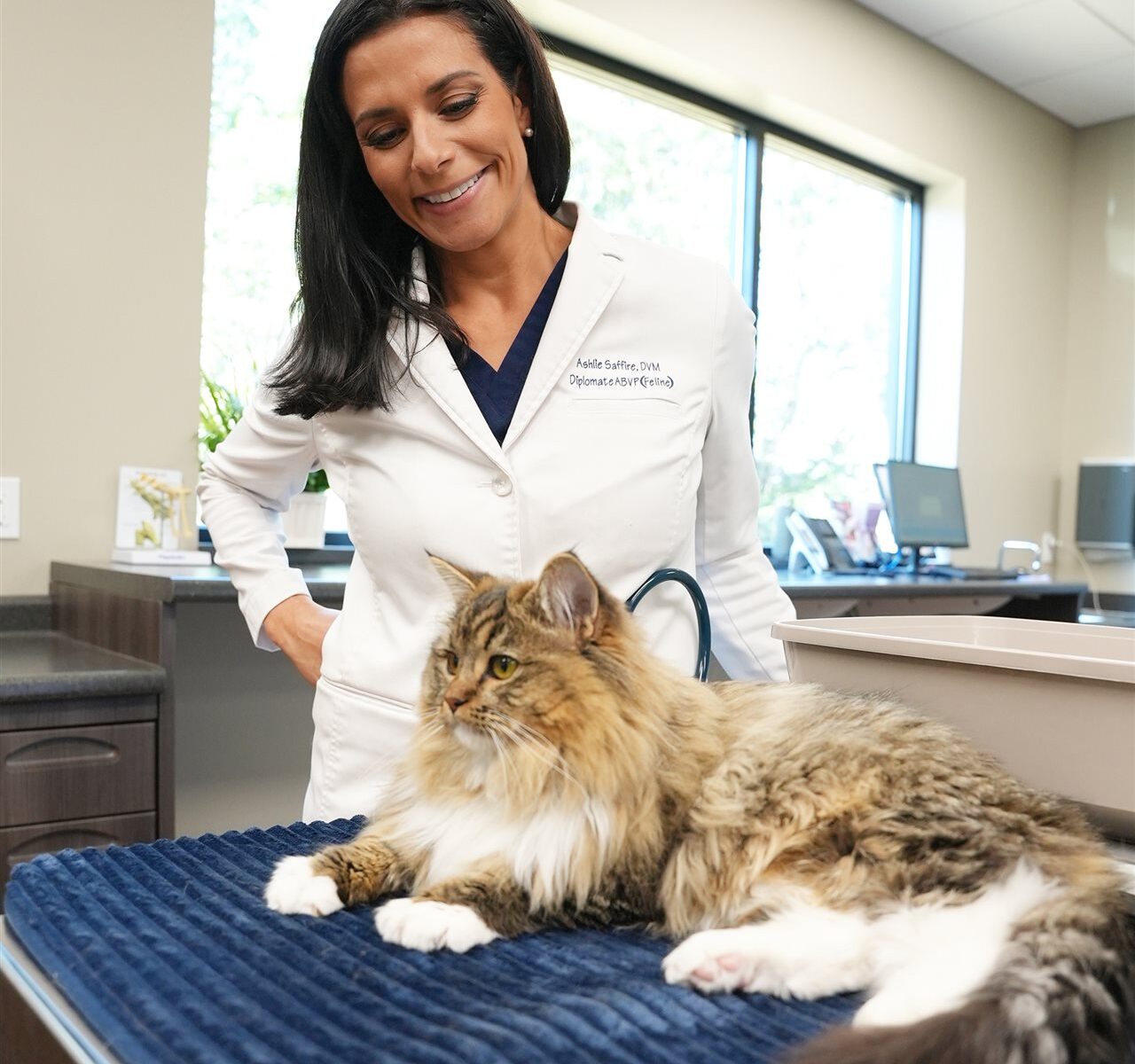2025-11-25T14:01:00
(BPT) – Kennedy was a vibrant, healthy two-year-old until she developed a fever and tested positive for influenza (flu). As busy first-time parents, Kennedy’s parents didn’t realize that because her last wellness checkup fell outside flu season, they missed flu vaccination for her that year.
“Little did we know this critical misstep would change our lives forever,” said Kennedy’s mom, Megan Parks.
Initially, Kennedy’s pediatrician recommended rest, and for her parents to watch for signs of breathing problems. After three days, she did not improve, and her lips started turning blue. Alarmed, Kennedy’s parents rushed her to the hospital.
“I kept a close, constant watch on Kennedy in my rearview mirror,” Megan recalled. “The last time I looked up to check on her, she was no longer responding.” Kennedy’s mom pulled over to call 9-1-1.
“That day, we lost our beautiful Kennedy to the flu,” Megan said. “We simply didn’t realize that when a child receives a flu vaccination, it can significantly help reduce their chances of hospitalization or death. Unfortunately, we found out too late.”
The Parks family turned tragedy into advocacy and is now focused on spreading awareness about the potential seriousness of the flu, urging families to get yearly vaccinations for everyone six months of age and older.
Severe flu season
The Parks are one of many families who have lost loved ones to the flu. The 2024-2025 flu season was among the most severe in U.S. history, with record-breaking pediatric deaths and overwhelming levels of illness and hospitalization.[1] The Centers for Disease Control and Prevention (CDC) estimates that there were at least 43 million flu illnesses, 560,000 flu hospitalizations, and 38,000 flu deaths last season. Children were hit especially hard, with 287 confirmed flu-associated pediatric deaths.[2] Nearly 90% of those deaths were children who were eligible for the flu vaccine but were not vaccinated.[3]
Flu is a serious illness
The flu is a contagious respiratory illness caused by viruses that infect the nose, throat, and sometimes the lungs.[4] Flu season is the time of year that flu viruses most commonly circulate in the population, typically between October through May, and peaking between December and February.[5]
Although most people who get the flu recover in a few days to under two weeks, sometimes the flu can lead to complications (like pneumonia) and death.[6] While the flu may impact each person differently, symptoms can appear suddenly and include fever (or feeling feverish and chills), cough, sore throat, runny or stuffy nose, muscle or body aches, headaches, and fatigue. Vomiting and diarrhea are more common in children.
Who is at risk for the flu
The harsh reality is, anyone can get sick from the flu, even people who are or feel healthy, and serious flu-related problems can impact people of any age, race, or gender.[7] However, some people are at higher risk of developing serious flu-related complications if they get sick, including people 65 and older, people with certain chronic health conditions (like asthma, diabetes, obesity, or heart disease), pregnant women, and young children.[7]
“The flu is a serious respiratory illness everyone needs to be aware of, especially now that flu season is here,” said Dr. Luis Romano, U.S. Medical and Clinical Affairs Lead for Flu at GSK. “It’s especially important for high-risk groups to prioritize flu vaccination to help reduce the risk of illness, hospitalization, and flu-related death.”
Since 2010, there have been deep and persistent disparities in flu-related outcomes among racial and ethnic minority groups.[8] Hispanic and Black communities have consistently experienced higher rates of flu-related complications and death, often due to lower vaccination rates and delayed access to care.[8] According to the CDC, 39.2% of Hispanic adults and 43.1% of Black adults received a flu shot, compared to 49.8% of White adults and 54.9% of Asian adults.[9] This persistent gap in vaccination coverage increases vulnerability to severe flu-related illness and hospitalization.[9],[10]
Educating families
The best way to help protect yourself and your loved ones from the flu every season is by talking to your doctor or pharmacist about flu vaccination.[11] The CDC recommends flu vaccination for everyone six months of age and older who do not have contraindications.[12]
“Decades of data confirm flu vaccines have an excellent safety record,” added Dr. Romano. “Hundreds of millions of Americans have received flu vaccines over the past 50 years, and ongoing monitoring consistently reinforces their strong safety profile.”
The body of scientific evidence overwhelmingly supports flu vaccines are safe, making them a critical tool in helping to protect public health.[13]
Where to get vaccinated
If you haven’t gotten vaccinated against the flu yet, it’s not too late. While it’s best to get vaccinated by the end of October, getting your flu shot in November or later is still recommended since flu activity often peaks in February and can last into May.[14]
Getting a flu shot is typically quick and convenient, so you can help protect yourself and your family from the flu with minimal time commitment. Flu vaccinations are usually offered in doctor’s offices and clinics, but you can also get them in pharmacies, college health centers, and even some schools or workplaces.[15] Some vaccination locations, like pharmacies, may accept walk-ins. Flu vaccinations are usually free for people with medical insurance (including Medicaid, Medicare, ACA plans and private plans).[16]
Ask your pharmacist or doctor about flu vaccination and learn more at CDC.gov/flu.
[1] CDC. Influenza Activity in the United States during the 2024–25 Season and Composition of the 2025–26 Influenza Vaccine. Influenza (Flu). Accessed October 31, 2025. https://www.cdc.gov/flu/whats-new/2025-2026-influenza-activity.html.
[2] CDC. Influenza-associated Pediatric Mortality. Accessed October 31, 2025. https://gis.cdc.gov/GRASP/Fluview/PedFluDeath.html.
[3] Reinhart K, Huang S, Kniss K, et al. Influenza-Associated Pediatric Deaths — United States, 2024–25 Influenza Season. Morb Mortal Wkly Rep. 2025;74(36):565-569. https://doi.org/10.15585/mmwr.mm7436a2
[4] CDC. About Influenza (Flu). Accessed August 22, 2025. https://www.cdc.gov/flu/about/index.html.
[5] CDC. U.S. Influenza Surveillance: Purpose and Methods. Accessed August 26, 2025. https://www.cdc.gov/fluview/overview/index.html.
[6] CDC. Symptoms and Signs of Flu. Accessed October 31, 2025. https://www.cdc.gov/flu/signs-symptoms/index.html.
[7] CDC. About Influenza (Flu). Accessed October 31, 2025. https://www.cdc.gov/flu/about/index.html.
[8] CDC. Flu and Healthy Lives for All. Influenza (Flu). Published January 17, 2025. Accessed September 30, 2025. https://www.cdc.gov/flu/healthy-living/index.html.
[9] CDC. Influenza Vaccination Coverage and Intent for Vaccination, Adults 18 Years and Older, United States. FluVaxView. Accessed September 30, 2025. https://www.cdc.gov/fluvaxview/dashboard/adult-coverage.html.
[10] CDC. People with Chronic Medical Conditions and Flu Hospitalizations. Accessed September 30, 2025. https://www.cdc.gov/flu/whats-new/2023-2024-higher-risk-hospitalizations.html.
[11] CDC. Key Facts About Seasonal Flu Vaccine. Accessed October 31, 2025. https://www.cdc.gov/flu/vaccines/keyfacts.html.
[12] CDC. Who Needs a Flu Vaccine. Accessed October 31, 2025. https://www.cdc.gov/flu/vaccines/vaccinations.html.
[13] CDC. Influenza (Flu) Vaccine Safety. Published 2024. Accessed October 31, 2025. https://www.cdc.gov/vaccine-safety/vaccines/flu.html.
[14] Grohskopf LA, Blanton LH, Ferdinands JM, et al. Prevention and control of seasonal influenza with vaccines: recommendations of the Advisory Committee on Immunization Practices — United States, 2025–26 Influenza Season. Morb Mortal Wkly Rep 2025. 74(32):500-507. Prevention and Control of Seasonal Influenza with Vaccines: Recommendations of the Advisory Committee on Immunization Practices — United States, 2025–26 Influenza Season
[15] CDC. Where to Find Vaccines. Accessed October 31, 2025. https://www.cdc.gov/vaccines-adults/recommended-vaccines/vaccine-planning.html.
[16] CDC. How to Pay for Vaccines. Vaccine Information for Adults. Published 2024. Accessed October 31, 2025. https://www.cdc.gov/vaccines-adults/recommended-vaccines/how-to-pay-adult-vaccines.html.

































